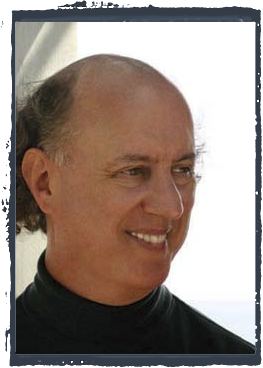Question: My flutist friend says I accompany too loud. (We’re rehearsing for our middle-school variety show.) I’m just trying to shape my phrases and have some dynamics. If I play softer, people won’t hear what I’m doing. Anyway, I don’t think I’m covering her. What do you think? —L.V., Boston.
Dear L.V., Try using less pedal—always a good idea in ensemble work. Don’t let it make you feel over-dependent on your fingers! Stay relaxed and notice that when you shape dynamics well, and play “dance-ably,” you don’t always need finger-connection for a legato effect.
Also, I bet you have the lid down, which muffles the overtones and robs your playing of profile. Try it all the way up; on “full stick.” (Lids are heavy! Have the lid handled by someone who can do it safely, and you stay out of the way!) Letting the overtones out gives you room to play softer and still make your point. (Yes, you need to be able to play softer, but probably you can! If you have problems, see the recent entries on playing softly.
And there’s more! Notice that the raised lid supports the flute by reflecting it. (I’m assuming the flute’s in front of the lid, not off to one side.) Prove this to your flutist by asking a few listeners for their perceptions when the lid is raised and lowered (by someone who can do it safely!) while the flute plays. If you want to get fancy, place the listeners in various positions, with their eyes closed. This mitigates the tendency toward a stereotyped response: so many people “know” that an open piano is a loud piano.
Or place a microphone 15 feet back (on a stand), record the lid-up lid-down comparison, and listen. If the recorder has AGC (Automatic Gain Control), make sure the AGC is off.
In 30 years of music-talk sessions at Caltech, we tried the full-stick experiment at least once a year, with various solo instruments and ensembles. Every time, the great majority of listeners preferred full-stick.
In the Caltech Music Lab, we once recorded a clarinet-piano recital where the lid was on short stick. In the first half of the program, both instruments sounded dead over our speakers. At intermission, I ran to the hall and raised the lid all the way. In the second half, both instruments came alive, the piano because it was open, the clarinet because the lid was reflecting it. Over our speakers, the improvement was obvious, and audience members also commented on the great improvement in what they heard!
